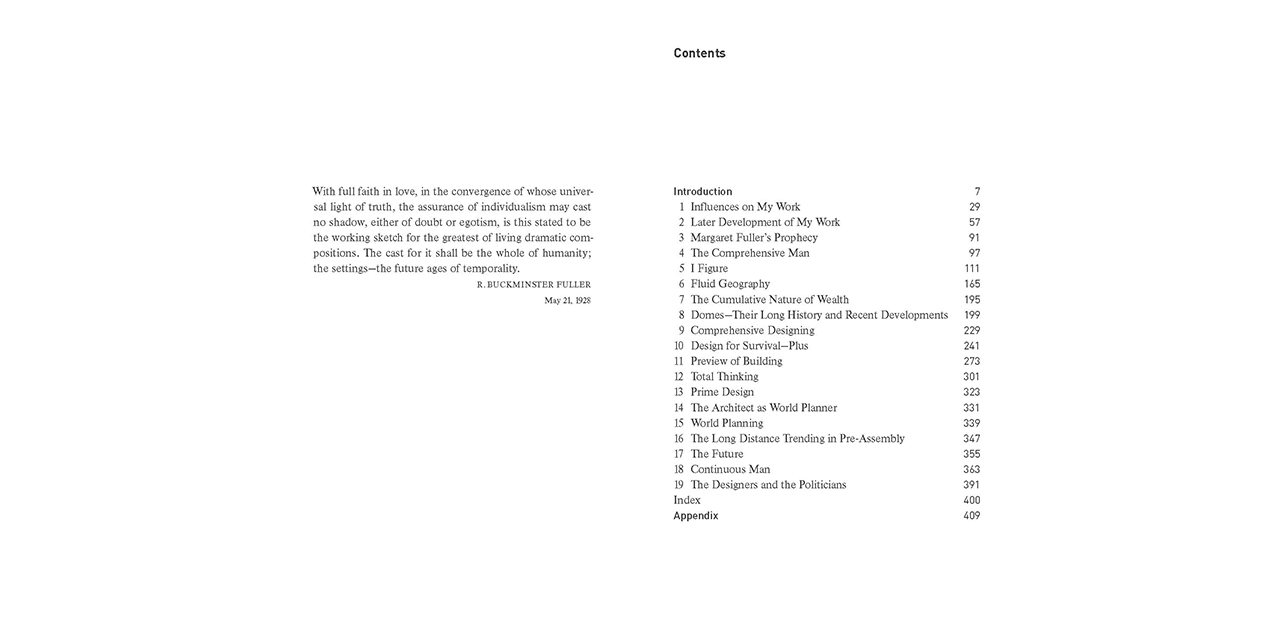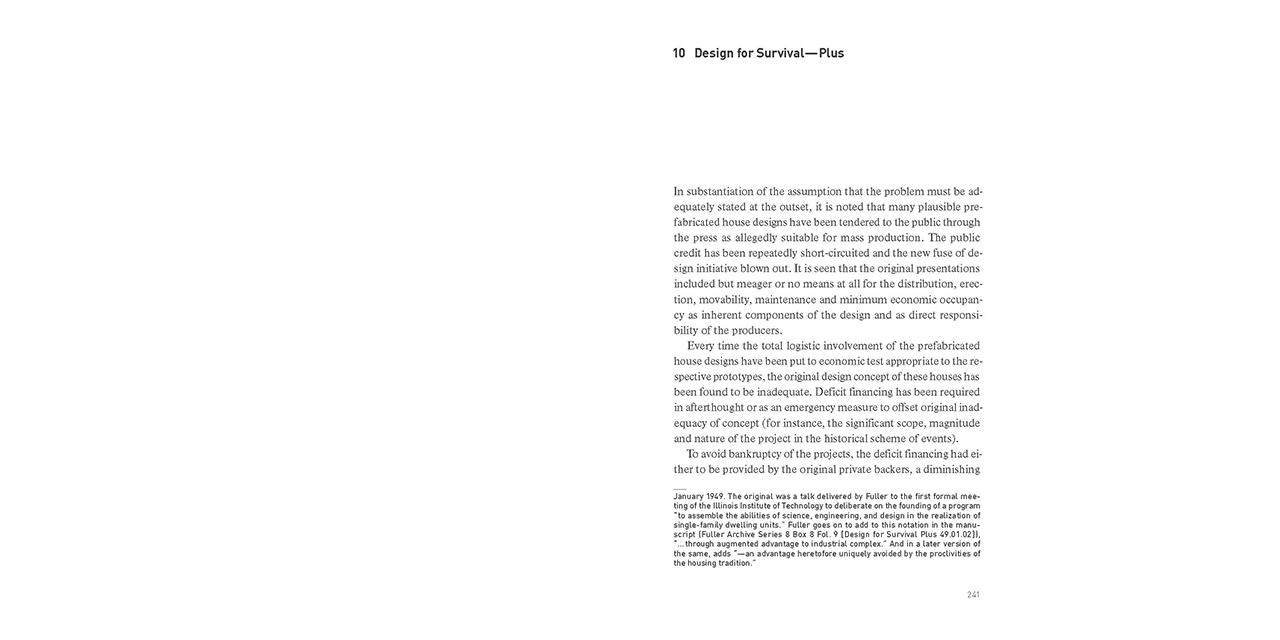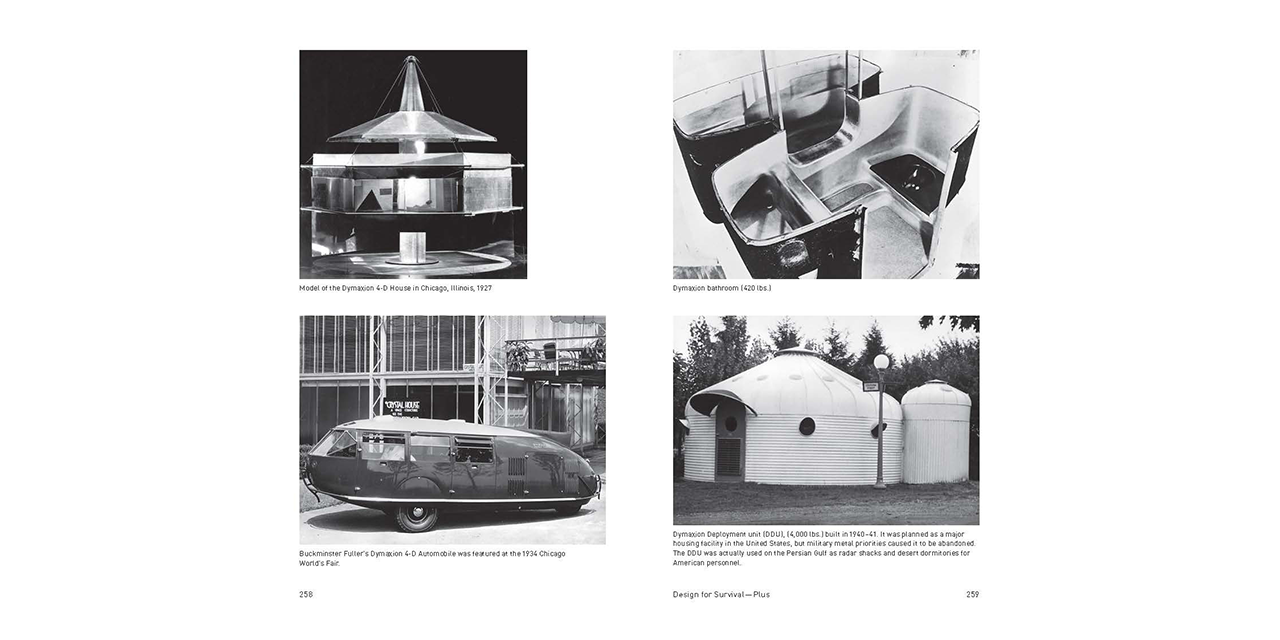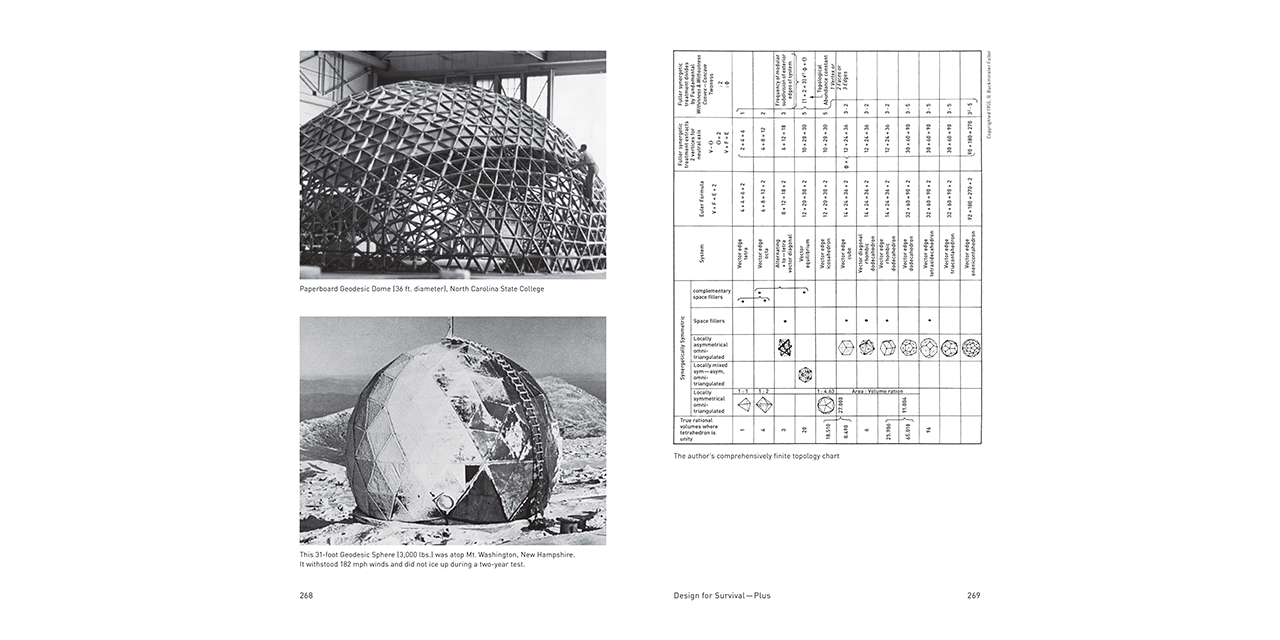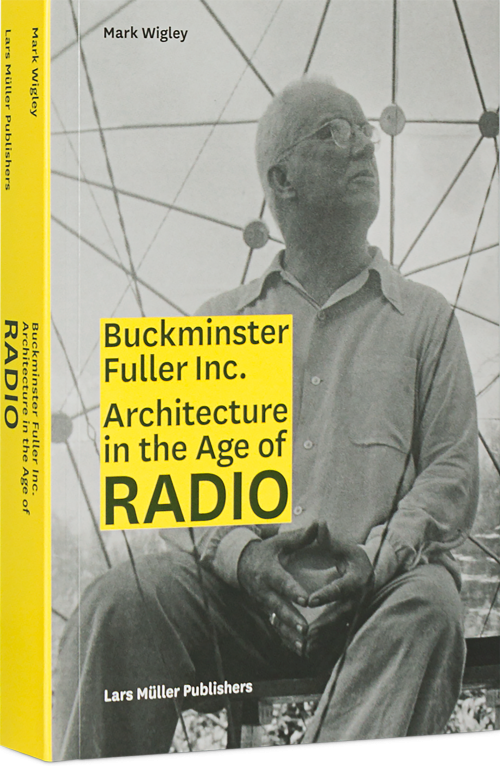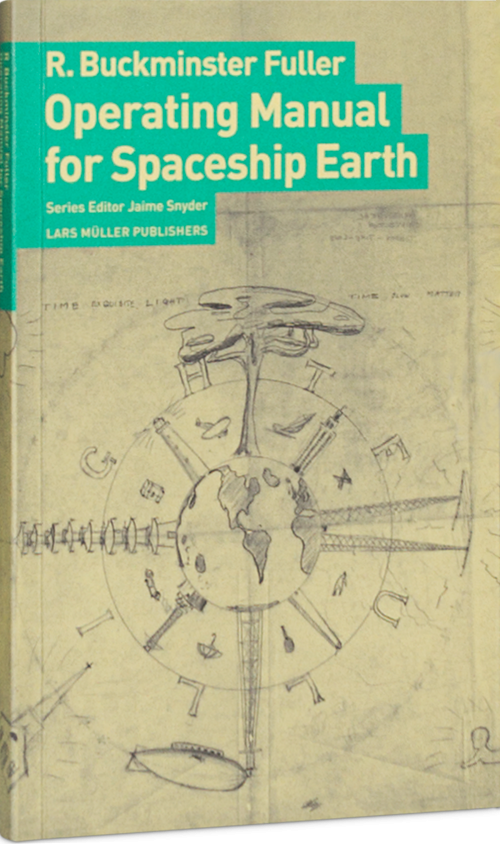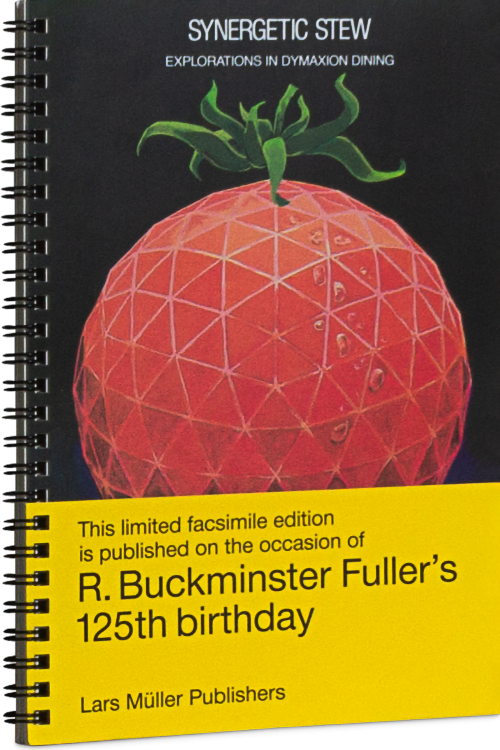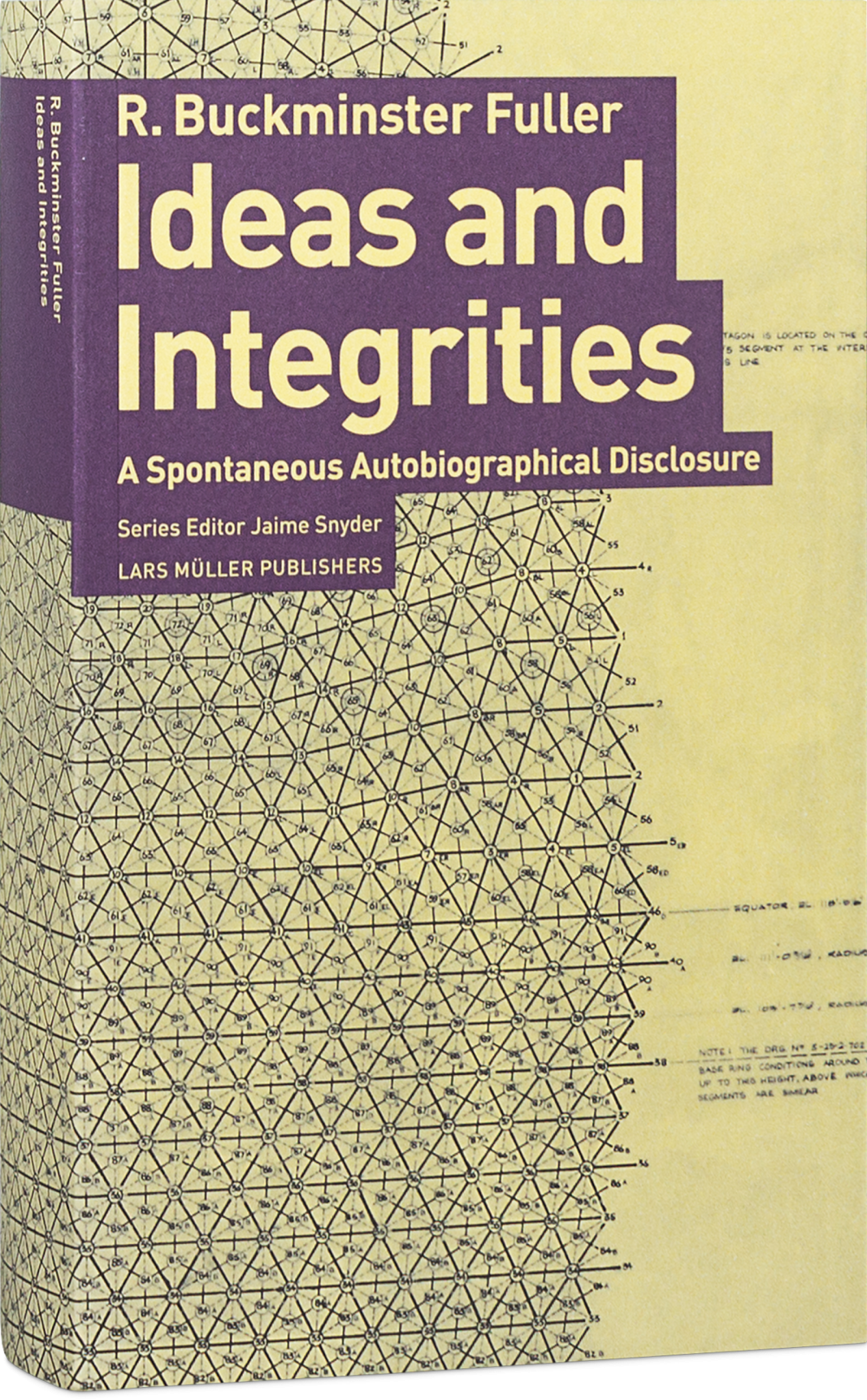
Ideas and Integrities
In “Ideas and Integrities” Buckminster Fuller describes the revolutionary designs and concepts he has pioneered – among them the geodesic dome, the Dymaxion world map, the Dymaxion 4-D house, the Dymaxion 4-D automobile, and the countless other structures and creations that have changed the face of America and the world. And he sets forth his amazing and challenging ideas for the world of the future – ideas that would revolutionize everything from university education to bathroom design, ideas that, above all, demonstrate how we can and must make far more imaginative and efficient use of the resources now available to us to ensure a better standard of living for all men.
Richard Buckminster Fuller (1895–1983) was an architect and philosopher.
In “Ideas and Integrities” Buckminster Fuller describes the revolutionary designs and concepts he has pioneered – among them the geodesic dome, the Dymaxion world map, the Dymaxion 4-D house, the Dymaxion 4-D automobile, and the countless other structures and creations that have changed the face of America and the world. And he sets forth his amazing and challenging ideas for the world of the future – ideas that would revolutionize everything from university education to bathroom design, ideas that, above all, demonstrate how we can and must make far more imaginative and efficient use of the resources now available to us to ensure a better standard of living for all men.
Richard Buckminster Fuller (1895–1983) was an architect and philosopher.
Reprint, first published in 1963
